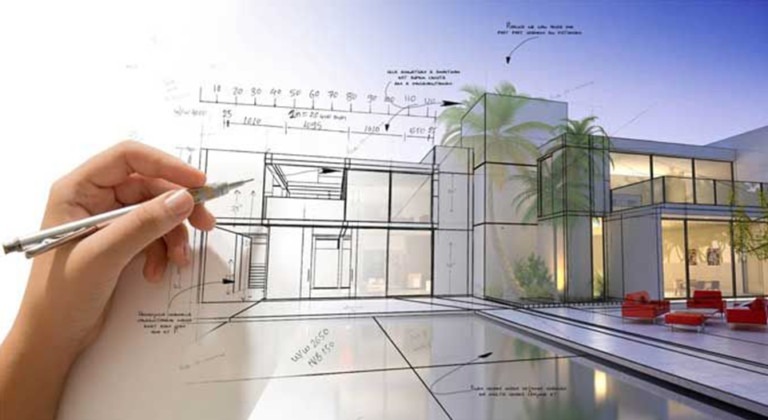How Do Budget-Friendly Architectural Firms Tackle Unexpected Costs?
Cost control is a top priority for budget-friendly architectural firms. They employ measures to preserve control. These strategies ensure that projects stay on budget. Architectural firms employ the strategies listed below to do this.

Understanding the Client’s Budget
Budget-friendly architectural firms start by understanding the client’s budget. They discuss financial limits before starting design work. This helps them align expectations with available resources. A clear budget prevents overspending and delays.
Detailed Initial Planning
Planning is crucial to staying within budget. Firms create detailed project plans before construction begins. These plans include timelines, materials, and labor costs. Proper planning reduces unexpected expenses later.
Designing with Cost in Mind
Budget-friendly architectural firms prioritize cost-effective designs. They choose materials and techniques that fit the budget. Energy-efficient and sustainable designs save money long-term. Designing efficiently reduces unnecessary spending.
Transparent Cost Estimation
Firms provide transparent cost estimates early. They calculate material, labor, and permitting expenses. Clients receive detailed breakdowns to understand costs. Clear estimates help clients plan effectively.
Regular Communication with Clients
Effective communication eliminates budget surprises. Firms often update clients on costs. They discuss changes and modify budgets as appropriate. Clients are kept informed throughout the project.
Collaborating with Reliable Contractors
Firms work with trusted, cost-efficient contractors. Reliable contractors avoid costly mistakes and delays. Strong partnerships ensure competitive pricing for services. This collaboration keeps projects on track financially.
Using Technology for Budget Management
Modern tools make it easier to manage project budgets. Firms utilize software to track their spending in real time. Technology detects areas of overspending fast. This guarantees that costs remain under control.
Avoiding Scope Creep
Scope creep increases project costs unexpectedly. Firms set clear project scopes from the start. They manage client requests for additional features carefully. Strict scope management avoids unnecessary spending.
Value Engineering
Value engineering optimizes costs without sacrificing quality. Firms analyze designs to find cost-saving alternatives. They suggest efficient materials and construction methods. This approach maintains quality within the budget.
Monitoring Construction Progress
Firms regularly monitor building expenses. They guarantee that contractors adhere to plans and schedules. Delays or faults are resolved immediately. Active monitoring reduces waste and overruns.
Accounting for Contingencies
Contingency budgets handle unexpected expenses. Firms allocate a percentage of the budget for surprises. This ensures financial flexibility during the project. Proper contingencies keep projects on track financially.
Educating Clients About Costs
Clients frequently underestimate project costs. Firms educate clients on true costs upfront. Understanding expenses enables clients to make informed decisions. Clients who are educated are more likely to deal with cost-effective architectural firms.
Balancing Aesthetics and Functionality
Firms balance beauty and practicality in designs. They avoid extravagant elements that inflate costs. Smart designs deliver style without overspending. This ensures projects meet both budget and vision.
Negotiating with Suppliers
Firms negotiate for better material prices. Strong relationships with suppliers reduce costs. Bulk purchasing often secures discounts. Lower material costs benefit the overall budget.
Final Quality Checks
Final checks prevent costly rework. Firms inspect completed work for quality assurance. Identifying issues early saves money later. This ensures long-term satisfaction within the budget.
Budget-friendly architectural firms adopt a variety of methods to reduce expenses. Planning, communication, and technology serve as vital tools. Clients profit from clear and efficient practices. These strategies assure the success of projects while keeping within budget.
FAQ’s
What strategies do architectural firms use to manage costs effectively?
How do architectural firms handle unexpected expenses during a project?
What role does technology play in budget management for architectural firms?
How can clients ensure their project stays within budget? How do architectural firms balance quality with budget constraints?






